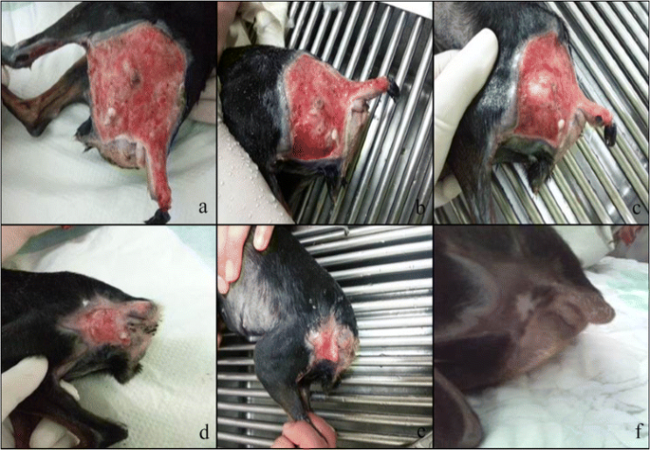Vet Guide to Disseminated Intravascular Coagulation (DIC) in Dogs 2025 🐶🩺

In this article
Vet Guide to Disseminated Intravascular Coagulation (DIC) in Dogs 2025 🐶🩺
By Dr. Duncan Houston BVSc
DIC is a secondary, life‑threatening condition in which widespread microclots consume platelets and clotting factors, leading to simultaneous clotting and bleeding complications. It's not a disease itself but a severe imbalance triggered by another serious illness.
📍 Common Triggers
- Severe infections/sepsis (e.g., bacterial, viral)
- Trauma, heatstroke, snakebite, gastric dilatation volvulus
- Cancers (hemangiosarcoma, lymphoma), pancreatitis, shock, and immune‑mediated blood diseases
⚠️ Clinical Signs
- Unusual bruising (petechiae, ecchymoses), bleeding from gums or venipuncture sites
- Signs of clots: organ dysfunction, breathing difficulty, limb pain
- Symptoms of the underlying disease—e.g., vomiting, diarrhea, collapse
- Often only discovered via lab abnormalities
🔬 Diagnosis: A Lab Puzzle
There’s no single test—DIC is diagnosed with a panel of lab findings plus clinical context :
- ↓ Platelet count, prolonged PT & PTT
- Low fibrinogen, ↑ fibrin degradation products (D‑dimer)
- Thromboelastography (TEG) helps assess clot dynamics
- Evidence of microvascular thrombosis via histopathology or imaging
💊 Management & Treatment
- Address underlying cause: treat sepsis, pancreatitis, shock, and cancer—it's essential for DIC resolution
- IV fluids: support hydration and organ perfusion
- Blood & plasma transfusions: replenish platelets and clotting proteins (fresh frozen plasma 6–10 mL/kg+)
- Oxygen therapy and pain relief: supportive care for respiratory distress or trauma symptoms
- Heparin use: controversial—reserved for thrombotic dominant cases under specialist supervision
📈 Monitoring & Prognosis
- Frequent lab checks—CBC, clotting times, D‑dimer, fibrinogen—to guide therapy
- Monitor organ function—kidney, liver, lungs, neurological status
- Prognosis depends on severity and primary disease. Bleeding dogs have ~40–60% survival; non‑bleeding cases vary
- Close monitoring in ICU over days to weeks may be required
✅ Dr Houston’s Clinical Tips
- 🩺 Look for subtle bruising or bleeding in critically ill dogs
- 📊 Order clotting profiles early in suspected cases
- 📌 Use TEG if available to better understand clot dynamics
- 💉 Prioritize treating the underlying illness over aggressive DIC protocols
- 🔃 Adjust transfusions based on lab trends and bleeding status
If your dog is severely ill with sudden bleeding or bruising—and has severe conditions such as sepsis, pancreatitis, snakebite or heatstroke—seek emergency care immediately via AskAVet.com. With prompt ICU support and diagnosis, we can improve chances of recovery and manage complications effectively. 🐾❤️






